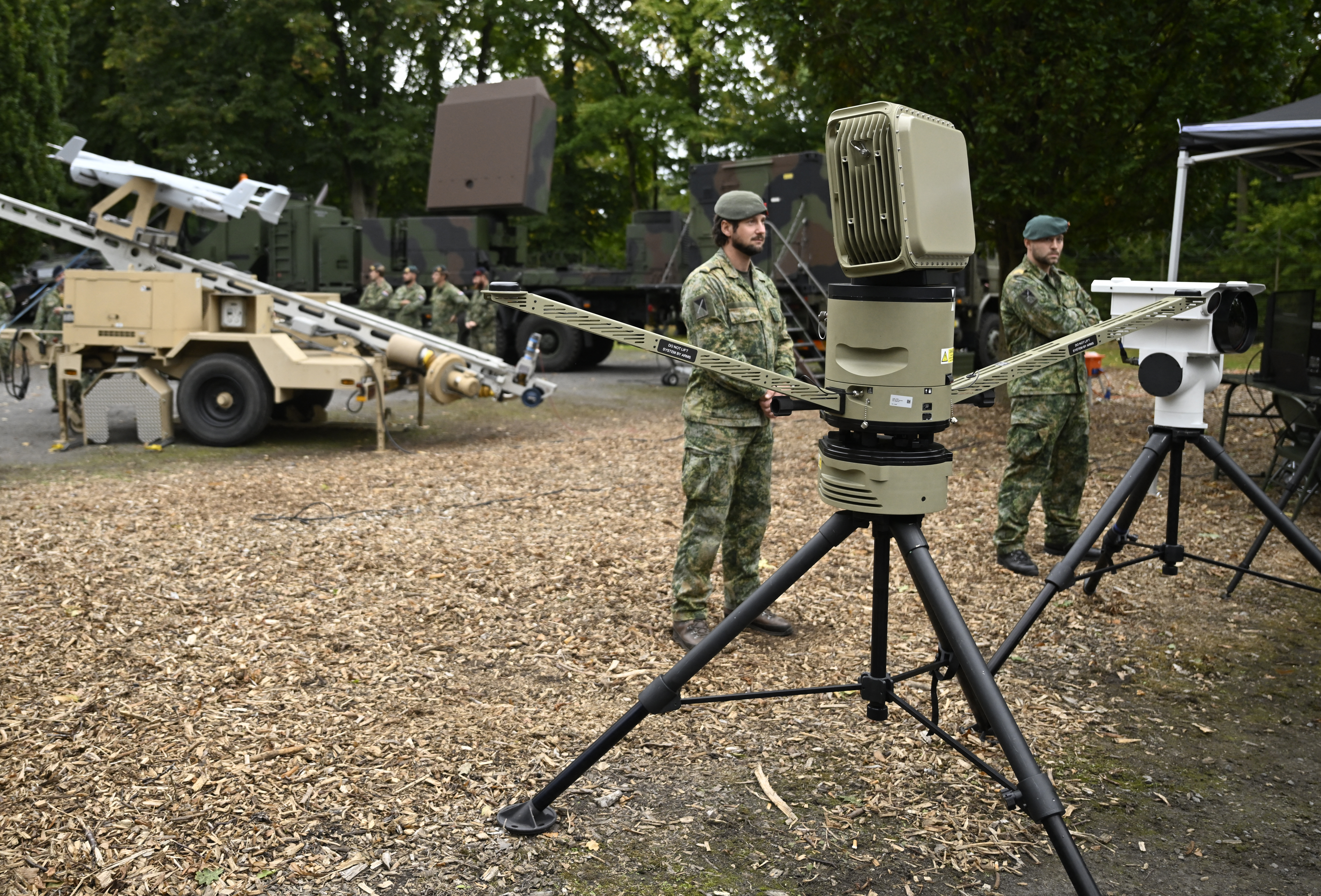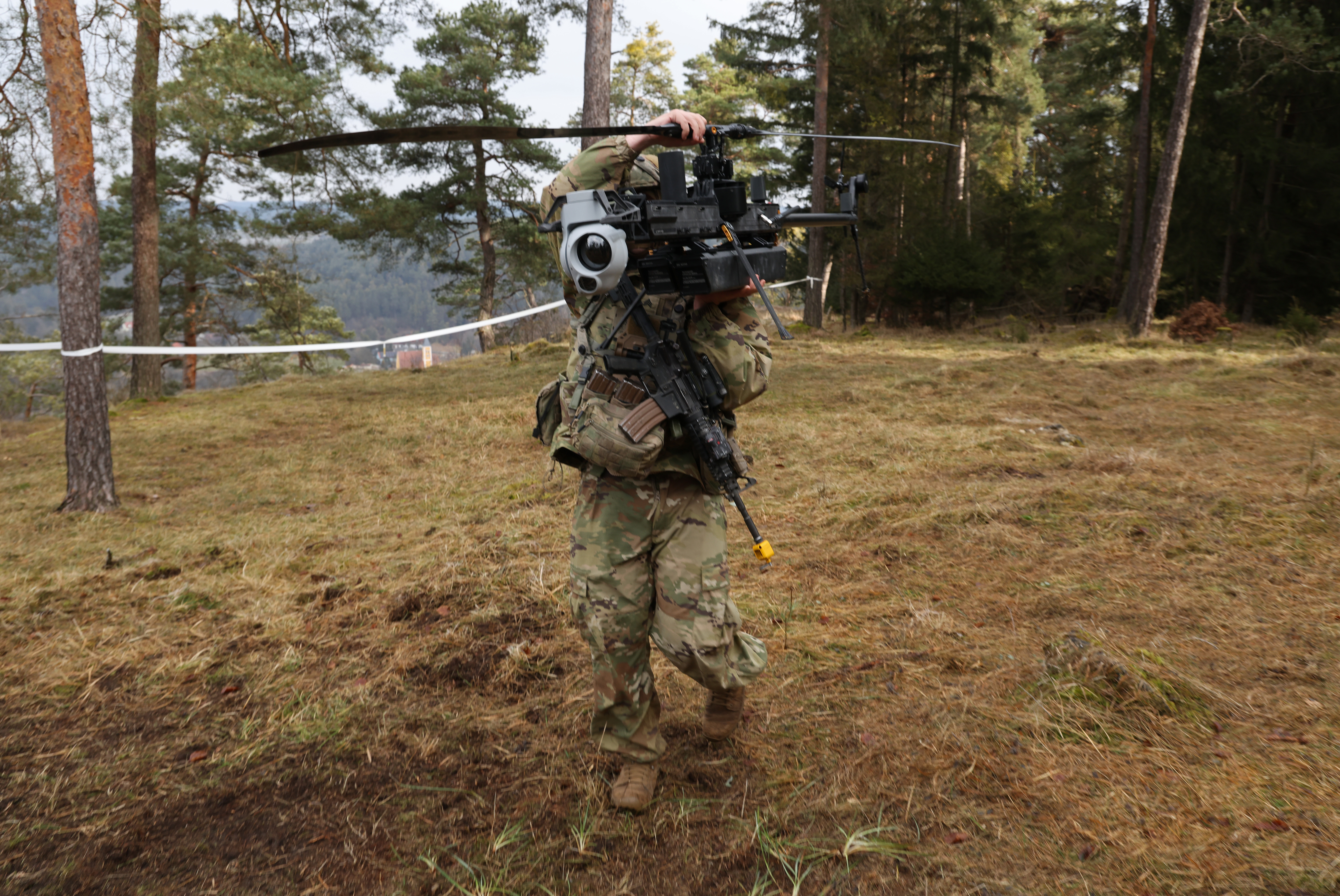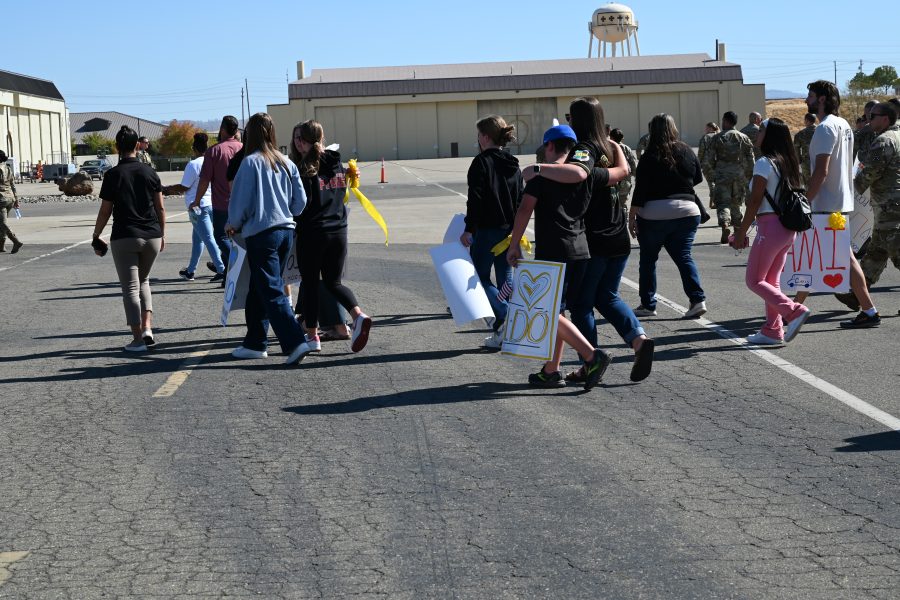
A new survey found that military and veteran spouses experience depression and anxiety at two to three times the rate of the general population, with many also reporting difficulty finding community, peer support, and suitable employment.
Released June 27, the Military and Veteran Spouse Wellness Survey is the first to focus on wellness, “a positive state of being that involves more than just the absence of illness,” wrote the study authors, who included researchers from The University of Texas at Austin’s Institute for Military and Veteran Family Wellness (IMVFW), and InDependent, a nonprofit promoting wellness among military and veteran spouses.
The survey broke wellness into eight related categories as defined by the U.S. government: emotional, physical, intellectual, social, occupational, financial, spiritual, and environmental, which involves factors such as home and neighborhood quality.
Previous studies conducted by the Defense Department and groups such as Blue Star Families and the Military Family Advisory Network studied spouse satisfaction with military life, the impact of frequent moves, and other challenges military families face, but this was the first to use a holistic wellness framework.
“Behind our service members is a backbone of strength, sacrifice, and fortitude, the force behind the forces,” Lyndsey Akers, senior consultant for AFA’s United Forces & Families program, said at an AFA event promoting the study. “And yet the comprehensive wellness that we’re going to dig into today has been underrepresented in the conversations that shape outcomes. That’s why today matters.”
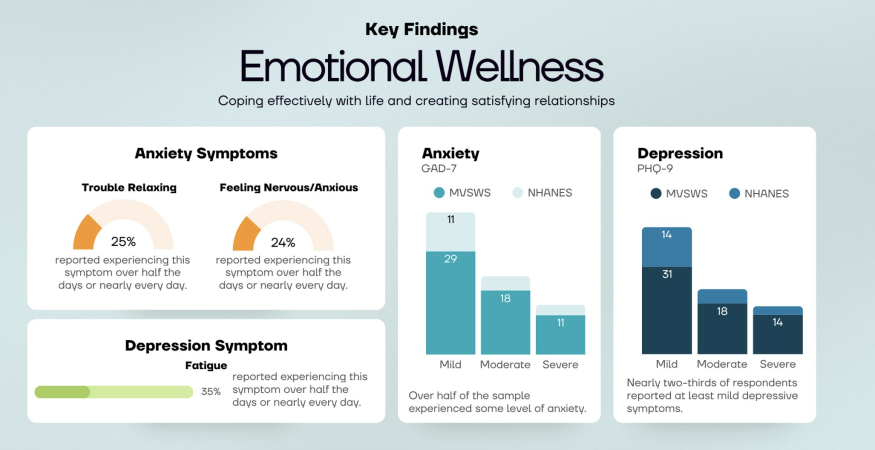
Between September 2024 and January 2025, the study received 1,150 complete responses, split about evenly between veteran and military spouses. Most respondents’ partners served in the Army (38.2 percent) and Air Force (25.8 percent), while the most frequently reported partner ranks were mid-level officers (O4–O6; 26.2 percent) and senior enlisted (E7–E9; 23.6 percent).
About 76 percent of respondents had children, and the vast majority of respondents were women (90 percent), White (79.3 percent), and living within the United States (89.2 percent). More than half of respondents had a bachelor’s or more advanced degree, and 37.6 percent were employed full-time.
Among the key findings, respondents reported moderate overall wellness satisfaction, with an average rating of 6.58 out of 10. Respondents rated their environmental, spiritual, and intellectual wellness highest, while they rated their physical and emotional wellness satisfaction the lowest.
Over half of respondents experienced some level of anxiety or depression. Respondents cited mild (31 percent), moderate (18 percent), and severe depression (14 percent) at two to three times the rate of the general population (13.9 percent, 4.6 percent, and 2.9 percent, respectively), with similar results for anxiety.
Almost a quarter of respondents (24 percent) said accessing mental health care for themselves was a challenge, as did 25 percent about physical health care.
Sleep is also hard to come by: 62 percent of respondents indicated sub-threshold clinical insomnia, which refers to sleep difficulties that don’t meet the full diagnostic criteria for insomnia. On top of that, 19 percent and 5 percent of respondents reported moderate and severe clinical insomnia. Fully 34 percent said they were either dissatisfied or very dissatisfied with the quality of their sleep. About half of respondents met the criteria for sub-threshold nightmare disorder, where nightmares regularly disrupt quality of life.

About 65 percent of respondents showed moderate or high levels of loneliness, with 53 percent reporting challenges finding community, 38 percent citing challenges finding support, and 23 percent reporting frequent feelings of isolation.
About 33 percent of respondents reported struggling to find meaningful employment. Most spouses reported moderate financial well-being, but 10 percent cited affording meals as a challenge, and only about 37 percent said they usually had a good life-work balance.
Most respondents cited moderate to strong spiritual wellness, meaning they felt their lives have meaning and clear purpose.
About 81 percent of respondents scored highly on a perceived neighborhood quality scale, but only 32 percent felt they could call on a neighbor for help if they needed it.
Not all was doom and gloom, though. The study found “many spouses demonstrated resilience and positive behaviors, such as moderate-to-high engagement in intellectual and spiritual wellness practices and generally health-conscious nutrition habits.”
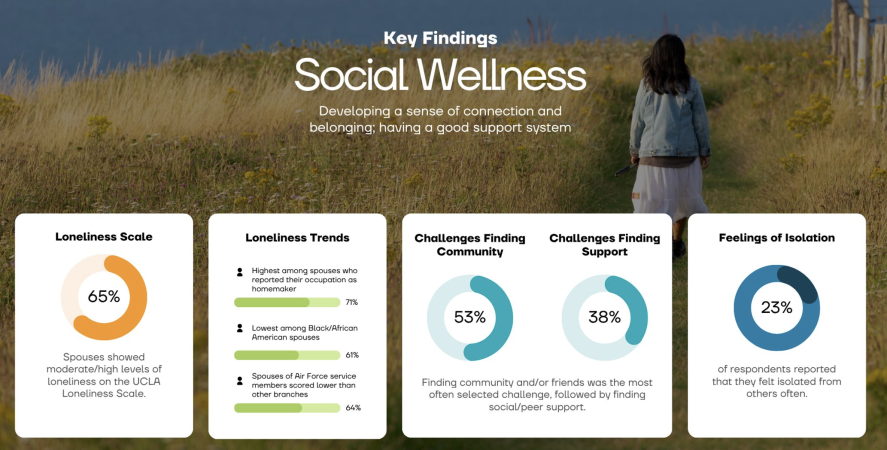
The researchers behind the survey suspect social isolation contributes to many of the reported problems.
“About 50 percent of participants felt that finding community or friends was the number one challenge that they are currently facing,” said Evie King, president of InDependent. “You can probably start sewing a line through so many areas of wellness where this trend seemed to resonate.”
Recent research shows that many military spouses are dissatisfied with the process and tempo of permanent change of station moves, which for Active-Duty families usually occur every two to three years. Indeed, a Defense Department report in May found record rates of Active-duty military spouses want to leave the military community, with a large number of them frustrated by the difficulty of finding employment, child care, and reimbursement for moving costs after a Permanent Change of Station (PCS) move.
The new survey did not ask for respondents’ number of PCS moves, so it couldn’t track whether spouses with more moves under their belts had higher loneliness scores.
“But I think anecdotally we’ve heard so much in our community that that is likely a contributor,” said IMVFW director Elisa Borah. “It’s really hard to connect with new support systems, new friends, and then knowing you’re moving again in two years … you’re hesitant to form strong bonds.”
The survey isn’t the first to detect the challenge of social isolation. A core takeaway of a 2024 conference at the U.S. Air Force Expeditionary Center was that unit leaders can improve morale and cohesiveness by doing more to bring Airmen and families together, especially in the middle of what top U.S. health officials have called a “loneliness epidemic.”
“We know that this lifestyle is isolating, lonely, it leads to mental health concerns if you’re not supported or even know how to pay attention to your mental health,” Borah said. “I think that’s where we can make the most impact and improve our programming.”
The study was light on specific policy recommendations, but authors said it underscored the importance of holistic wellness for spouses. They encouraged community leaders and military officials to address gaps in support—”particularly in areas such as mental health, employment, and social connection.” The authors also hope to conduct future surveys every two years, if not annually.
“Insights alone do not shift culture,” Akers said. “Intentional and informed action does.”
The post Lonely Days, Restless Nights: New Study Looks at How Military Spouses Are Holding Up appeared first on Air & Space Forces Magazine.

Air & Space Forces Association, Personnel, health, military spouses, PCS, United Forces & Families, wellness
Air & Space Forces Magazine
[crypto-donation-box type=”tabular” show-coin=”all”]



